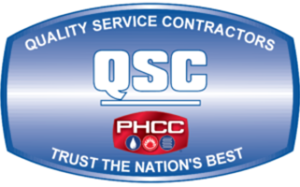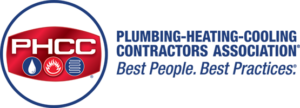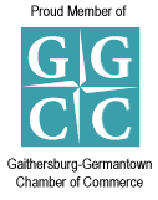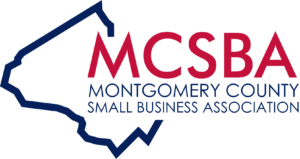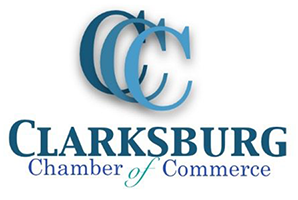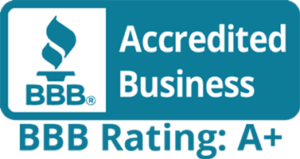In multi-family buildings, a well-designed and maintained plumbing system is the backbone of comfortable living for residents. Managing plumbing in multi-family properties comes with unique challenges, including handling shared systems, meeting high water demands, and ensuring regulatory compliance.
With numerous residents relying on these systems daily, even minor issues can lead to significant disruptions. Proper planning, maintenance, and upgrades are essential to ensure efficient, durable, and problem-free plumbing.
Understanding the Unique Plumbing Needs of Multi-Family Buildings
High Usage and Demand
Plumbing systems in multi-family buildings face significantly higher demand compared to single-family homes due to the number of residents relying on them daily. These systems must accommodate constant water usage for showers, laundry, dishwashing, and more, often simultaneously.
This high demand can quickly overwhelm improperly designed systems, leading to issues like fluctuating water pressure or slow drains.
To address this, systems need to be robust, with appropriately sized pipes and pumps to handle peak usage times without disruptions. Proper planning during the design phase is essential to prevent long-term problems and ensure consistent functionality.
Shared Systems
In multi-family buildings, many plumbing components, such as pipes, drains, and water heaters, are shared between units, creating a unique challenge for property managers. A single problem, like a clogged drain or a leak, can impact multiple units, causing widespread inconvenience and higher repair costs.
This interconnected setup means that proactive maintenance is crucial to minimize issues that can ripple throughout the system.
Regular inspections and swift attention to small problems help avoid disruptions that could escalate into major repairs. Properly designed shared systems can balance efficiency with tenant satisfaction, keeping everything running smoothly.
Regulatory Compliance
Plumbing systems in multi-family buildings must adhere to strict local building codes and standards to ensure safety and functionality. These regulations often include specifications for pipe materials, water heater capacity, and backflow prevention systems, among other details.
Compliance is not just about following rules; it’s also about protecting residents and maintaining the building’s overall value. Neglecting these requirements can result in costly fines, legal issues, or unsafe conditions for tenants.
Staying updated with local codes and hiring professional plumbers familiar with the area ensures the system meets all necessary standards and operates reliably.
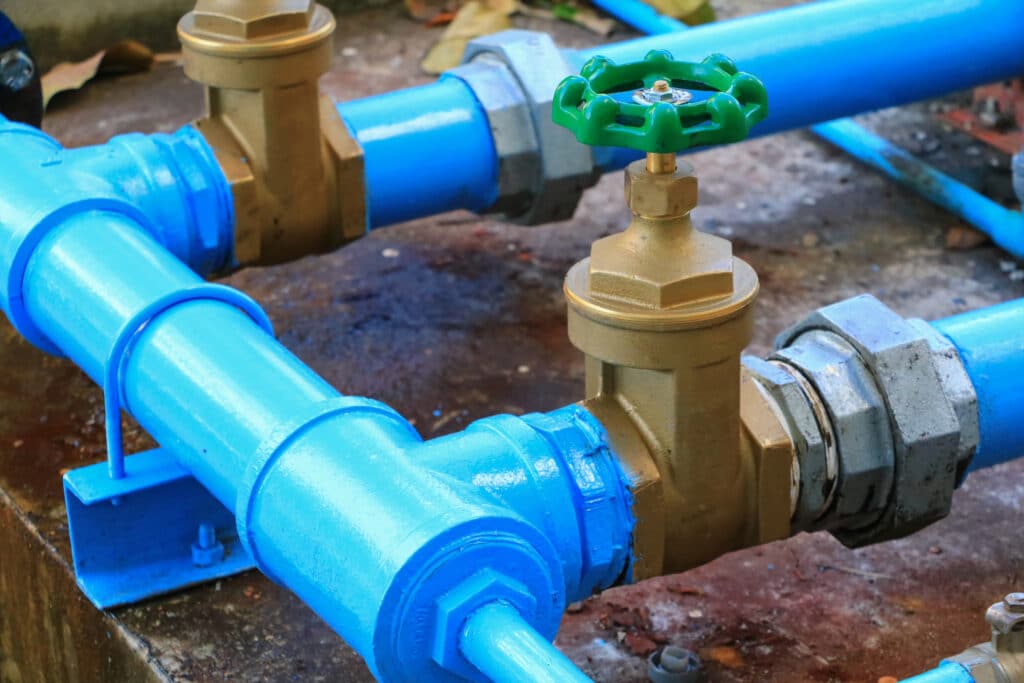
Best Practices for Designing Plumbing Systems in Multi-Family Buildings
Plan for Adequate Water Pressure
Maintaining steady water pressure in a multi-family building is essential to ensure all units receive an uninterrupted water supply. Properly sized pipes and pumps are crucial to managing the higher demand created by multiple residents using water simultaneously.
Installing pressure regulators can help balance water flow and prevent extreme variations, especially during peak usage hours.
Without adequate planning, some units may experience low pressure, causing frustration among tenants. Thoughtful design from the start eliminates the need for costly adjustments later.
Use Durable Materials
Multi-family plumbing systems endure heavy daily use, so choosing the right materials is critical to their longevity. PEX and copper pipes are popular choices due to their durability and ability to withstand high demand.
In areas prone to hard water, corrosion-resistant fixtures are essential to prevent mineral buildup and early wear. Durable materials not only reduce the risk of leaks but also minimize maintenance costs over time. Investing in quality materials during installation ensures the system remains functional for decades.
Separate Water Lines
Where possible, designing plumbing systems with separate water lines for each unit simplifies maintenance and reduces complications. Individual water lines prevent cross-contamination between units and allow for targeted repairs without disrupting the entire building.
Separate lines also enable the installation of sub-meters, which can track water usage for billing purposes. This setup promotes fairness among tenants and encourages water conservation by holding each unit accountable for its consumption. Although it may increase initial installation costs, this approach pays off in operational efficiency.
Incorporate Efficient Drainage Systems
A well-designed drainage system is just as important as the water supply lines in a multi-family building. Larger drains and sloped pipes improve the flow of wastewater, reducing the chances of clogs and backups.
Proper drainage design accounts for high volumes of wastewater, especially during peak times when multiple units are using sinks, showers, and toilets simultaneously.
Installing cleanouts at strategic points allows for easy access during maintenance, further enhancing the system’s efficiency. By prioritizing drainage during the design phase, property managers can avoid many common plumbing headaches.
Maintenance Practices to Prevent Plumbing Issues
Regular Inspections
Routine inspections are the backbone of any reliable plumbing maintenance plan for multi-family buildings. Pipes, valves, and water heaters should be checked at least once a year, if not more frequently for older systems, to identify signs of wear or potential leaks.
Catching issues like corrosion, cracks, or loose connections early can save thousands in emergency repairs. Inspections also provide an opportunity to ensure all components meet current safety standards and are functioning optimally. Regular checkups not only extend the life of the plumbing system but also give property managers peace of mind.
Preventative Drain Cleaning
Drains in multi-family buildings handle significant amounts of wastewater daily, making them prone to clogs if not properly maintained. Scheduling regular drain cleaning helps prevent buildup from grease, soap, and debris that can block shared pipes.
Encouraging tenants to dispose of waste properly, such as avoiding grease down the drain and flushing only toilet paper, can greatly reduce the strain on the system.
Proactive maintenance reduces the risk of sudden blockages that disrupt multiple units and require costly emergency repairs. Clean drains mean a happier and smoother experience for everyone in the building.
Monitor Water Heaters
Water heaters are the unsung heroes of any plumbing system, but they need attention to keep performing at their best. Regularly inspecting water heaters for leaks, sediment buildup, and temperature inconsistencies ensures they provide reliable service to all units.
Flushing the tank annually is a simple yet effective way to improve efficiency and extend its lifespan. For buildings with multiple water heaters, monitoring their performance helps identify units that may need repair or replacement before they fail. Staying on top of water heater maintenance keeps hot water flowing when residents need it most.
Replace Aging Components
Old pipes, fixtures, and valves are ticking time bombs in multi-family buildings, often leading to unexpected failures if not addressed proactively. Regular assessments can identify aging components that are due for replacement before they cause significant damage.
Upgrading outdated parts also improves efficiency and compliance with modern standards, saving money on utility bills and potential fines.
Replacing old systems may seem costly upfront, but it’s a smart investment that prevents the far greater expenses associated with burst pipes or extensive water damage. Being proactive ensures the building’s plumbing remains dependable.
Energy Efficiency and Water Conservation Tips
Install Low-Flow Fixtures
Low-flow fixtures are a game changer when it comes to saving water in multi-family buildings. These include faucets, showerheads, and toilets designed to use less water without sacrificing performance.
They’re easy to install and can significantly reduce water usage, lowering utility bills while benefiting the environment. Modern low-flow options are more efficient than ever, ensuring tenants won’t notice a difference in water pressure or flow. Over time, these fixtures pay for themselves by reducing water consumption across all units.
Upgrade to High-Efficiency Water Heaters
Switching to high-efficiency water heaters, such as tankless or hybrid models, is another effective way to save energy. These systems heat water on demand, eliminating the need to keep a large tank of water hot all the time.
This not only saves energy but also provides a continuous supply of hot water, even during peak usage periods. Upgrading water heaters can also qualify for energy rebates or tax incentives, adding even more value. For buildings in areas like Bethesda, MD, where energy costs are a concern, this is an excellent long-term solution.
Monitor Water Usage
Smart water meters are becoming a must-have for multi-family buildings. These devices allow property managers to track water usage in real time and identify leaks or inefficiencies quickly.
By monitoring usage patterns, you can pinpoint areas of waste and address them before they lead to bigger issues. Smart meters also make it easier to manage billing and encourage tenants to be mindful of their water consumption. With advanced technology, managing water usage becomes more efficient and transparent.
Managing Plumbing Repairs and Emergencies
Establish a Maintenance Schedule
Setting up a regular maintenance schedule is the best way to avoid plumbing emergencies in multi-family buildings. Routine checkups for pipes, valves, and fixtures help catch small issues before they escalate into major problems.
Scheduled maintenance also ensures that components like water heaters and drains are cleaned and serviced on time. This proactive approach reduces downtime, minimizes repair costs, and keeps tenants satisfied with uninterrupted plumbing services. Consistent upkeep makes a world of difference in keeping the system reliable and efficient.
Provide Emergency Contacts
When a plumbing issue arises, tenants need to know exactly who to contact for immediate assistance. Providing clear, easily accessible emergency contact information can speed up response times and prevent further damage.
Property managers should ensure that contact details for maintenance staff or a reliable plumbing company are displayed prominently in common areas or distributed to tenants.
Quick communication is key to addressing emergencies like leaks or floods, reducing stress for everyone involved. A well-informed tenant is less likely to panic when problems occur.
Have a Professional Plumber on Call
Partnering with a trusted plumbing professional ensures you’re prepared to handle any unexpected issues. A reliable plumber familiar with your building’s setup can respond quickly to emergencies and provide expert solutions.
They can also offer guidance on system improvements and keep your plumbing compliant with local codes. Having an established relationship with a professional plumber saves time during urgent situations and ensures quality work.
For properties in areas like Gaithersburg, MD, finding a local plumber who understands the region’s unique needs is a smart move.
Addressing Common Plumbing Challenges in Multi-Family Buildings
Noise in Pipes
Noisy pipes, often caused by water hammer or high-pressure flow, can be a major annoyance for tenants in multi-family buildings. Adding insulation around the pipes is an effective way to dampen these sounds and create a quieter living environment.
Installing pressure-reducing valves can also help minimize the water hammer effect, which occurs when water flow is abruptly stopped.
Regular maintenance of pipes and valves ensures that loose or poorly installed components aren’t contributing to the noise. Taking these measures can greatly improve tenant satisfaction and reduce complaints about plumbing-related disturbances.
Drain Blockages
Clogged drains are one of the most common issues in multi-family buildings due to the high volume of use and improper waste disposal. Installing grease traps in kitchen sinks can prevent grease and food particles from accumulating in shared pipes.
Educating tenants about what should and shouldn’t go down the drain—such as avoiding pouring grease or flushing non-flushable items—can significantly reduce blockages.
Scheduling routine drain cleaning is another proactive measure that keeps shared systems running smoothly. Preventing clogs saves both time and money while ensuring a hassle-free experience for tenants.
Uneven Water Temperature
Uneven water temperature is a frequent complaint in multi-family buildings, often caused by outdated or inefficient water heating systems. Balancing the water heaters and installing mixing valves can help ensure consistent hot water delivery across all units.
Insulating hot water pipes also helps maintain temperature stability, especially in colder climates. Regularly checking and maintaining the water heating system prevents sudden temperature fluctuations that can frustrate tenants. These upgrades and adjustments keep hot water flowing reliably, improving the overall quality of life for residents.
The Role of Professional Plumbers in Multi-Family Building Maintenance
System Assessments
Expert plumbers are essential for ensuring the efficiency and reliability of water and drainage systems in multi-family buildings. They conduct in-depth evaluations to identify weaknesses, such as outdated pipes, inefficient water heaters, or improperly installed fixtures.
These checks help property managers prevent issues before they escalate, reducing the likelihood of costly repairs. Professionals also verify that all systems comply with local codes, ensuring safety and avoiding regulatory fines.
Routine assessments by skilled technicians contribute to the long-term functionality and value of the property.
Emergency Repairs
When unexpected issues occur, having a professional on-call can make all the difference. From burst pipes to severe clogs or water heater malfunctions, experienced plumbers have the tools and expertise to address problems quickly and effectively.
Their ability to diagnose and resolve issues promptly minimizes tenant inconvenience and prevents further damage.
Skilled professionals ensure that repairs are done right the first time, eliminating recurring problems. For buildings in areas like Clarksburg, MD, dependable repair services are a key part of maintaining tenant satisfaction.
Upgrades and Retrofits
Experienced plumbers are invaluable when it comes to updating systems in older multi-family properties. They can recommend modern, energy-efficient upgrades such as tankless water heaters or low-flow fixtures that help save resources and reduce utility costs.
Retrofitting older components like outdated pipes or drainage setups improves performance and enhances the building’s appeal to tenants.
With their guidance, these upgrades are seamlessly integrated into existing systems without causing major disruptions. Property managers benefit from both the cost savings and the improved reliability of updated systems.
Ongoing Support
Beyond addressing immediate issues, professional services are essential for long-term system care. Maintenance programs include inspections, cleaning, and proactive component replacements that keep everything running smoothly.
Long-term relationships with reliable professionals provide peace of mind for both managers and tenants. Regular support ensures that systems operate efficiently year-round, preventing downtime and unnecessary expenses. With consistent care from trusted experts, building operations remain trouble-free and reliable.
Ready to Simplify Multi-Family Building Maintenance in Clarksburg, MD?
At Clarksburg Plumbing, we specialize in keeping multi-family buildings running smoothly in Clarksburg, Gaithersburg, Bethesda, and surrounding areas. From proactive maintenance to efficient system upgrades, our expert team ensures reliability and tenant satisfaction.
Don’t let water issues disrupt your property—partner with us for expert care that meets your unique needs. Contact Clarksburg Plumbing today and experience the difference of a dedicated local team!

Frequently Asked Questions (FAQ)
1. How often should systems in multi-family buildings be inspected?
Annual inspections are recommended, with semi-annual checks for older systems to catch early signs of wear. Regular assessments prevent small issues from escalating into major repairs. Staying proactive helps maintain system reliability and tenant satisfaction.
2. What’s the best way to prevent clogged drains in multi-family properties?
Installing grease traps and scheduling routine drain cleaning helps keep shared pipes clear. Educating tenants on proper waste disposal, like avoiding grease or non-flushable items, also reduces clogs. These steps ensure smoother system operation with fewer disruptions.
3. Can separate water meters be installed for each unit?
Yes, sub-metering allows for individual tracking of water usage and promotes fairness in billing. It encourages tenants to conserve water, reducing overall consumption. Installing separate meters is a smart long-term investment for efficiency and cost management.
4. What should tenants do if there’s a water-related emergency?
Tenants should turn off the water supply if accessible and immediately contact building management or the designated emergency plumber. Quick action minimizes damage and speeds up repairs. Clear communication protocols ensure a swift resolution.
5. Are energy-efficient upgrades like tankless water heaters worth it for multi-family buildings?
Absolutely, these upgrades reduce energy consumption and lower utility costs. They also provide consistent hot water during peak usage, keeping tenants happy. Over time, they offer significant savings and improved performance.



